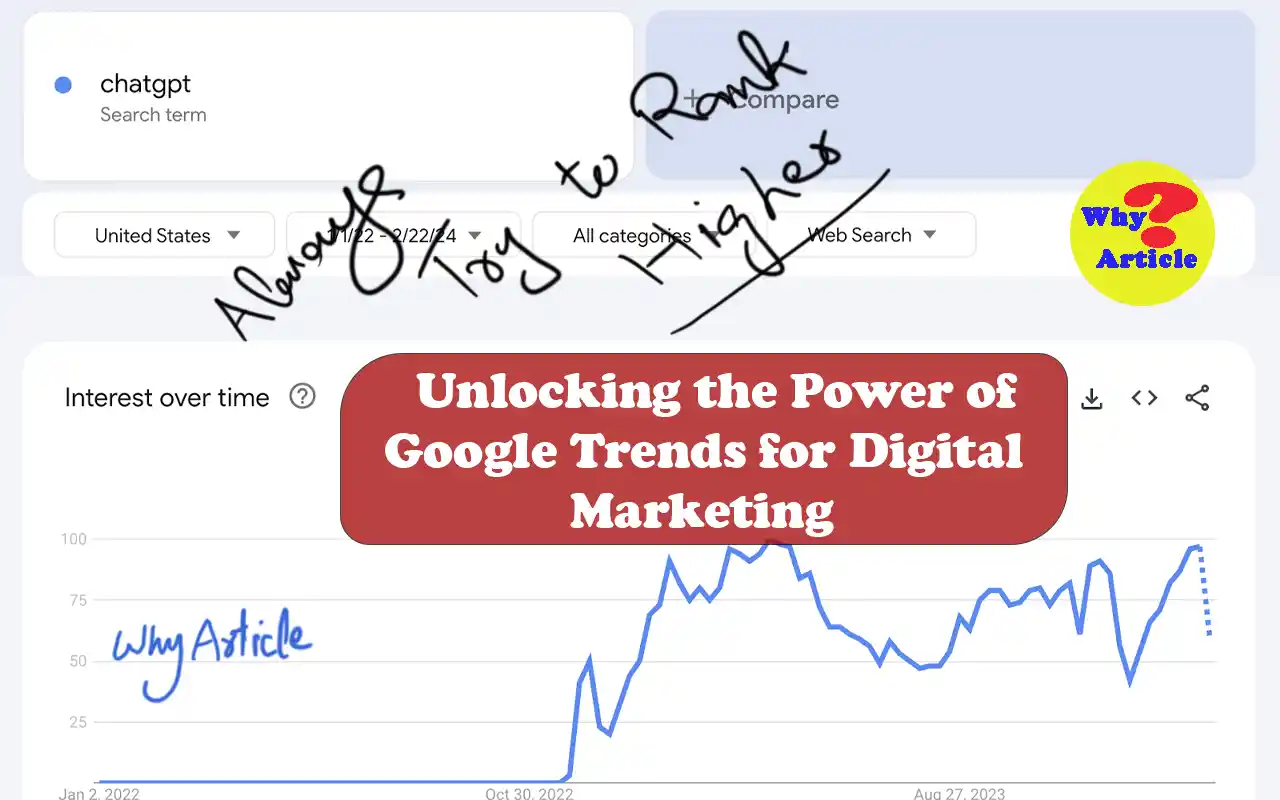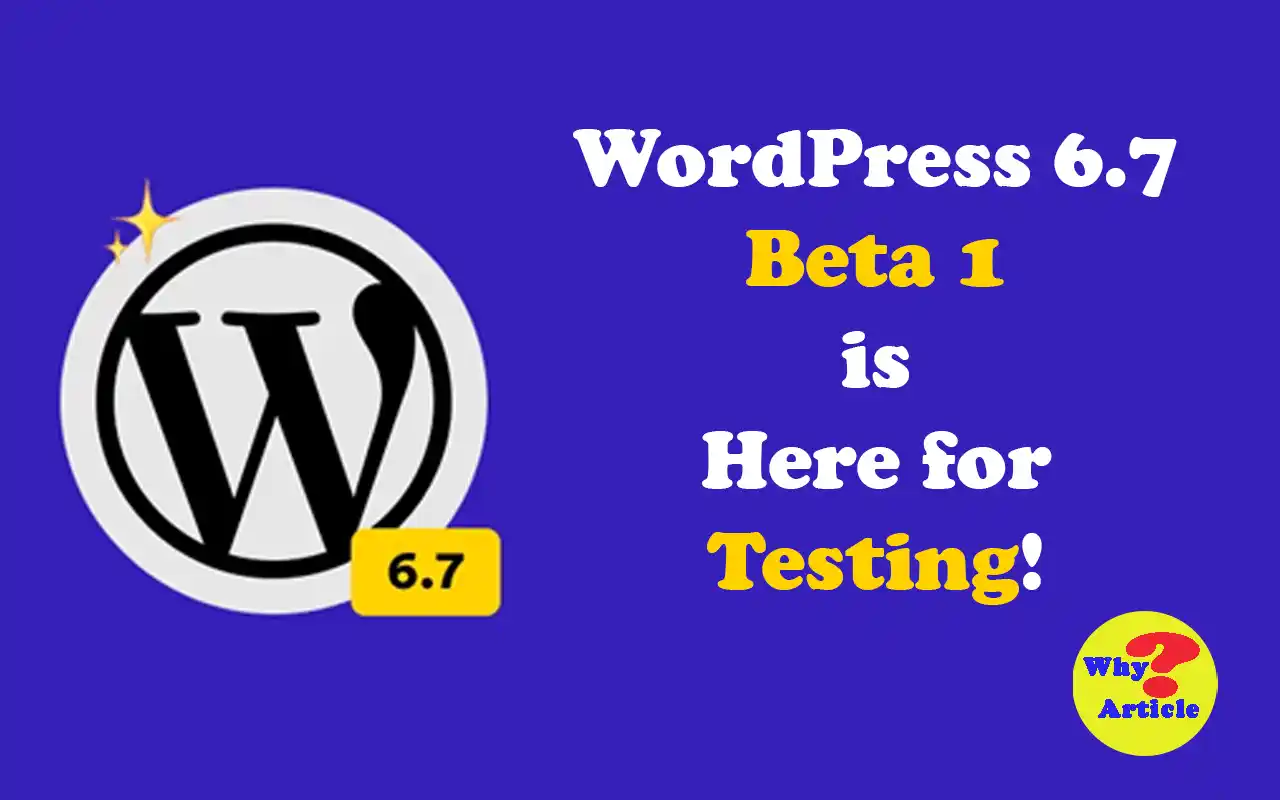Are you churning out content without a clear plan? You’re not the only one. In the whirlwind of today’s digital landscape, it’s tempting to produce content non-stop without a real sense of purpose. But here’s a key insight: the secret to content marketing success isn’t just about pumping out blog posts, videos, or tweets. It’s about having crystal-clear and specific objectives and setting clear goals for your content strategy.
In this guide, we’re diving into why objectives matter and how they can lead to a winning content strategy. So, let’s get started on this exciting journey towards content success!
Why Clear Objectives Matter in Content Strategy
Having clear objectives is a game-changer for your content strategy. Without them, you might end up with content that misses the mark with your audience and doesn’t support your business goals.
Clear goals act like a compass for your content, helping you track success and make smart, data-driven choices.
Let’s say you want to boost brand awareness. You can do this by crafting valuable content that people love to share, using social media to spread the word, and teaming up with influencers.
Having a defined objective keeps you focused on the right actions and lets you measure the impact of your strategy.
Or perhaps you’re aiming to generate leads. In that case, consider content that requires a sign-up form or create targeted landing pages. This way, you can track how well your content is pulling in potential customers.
By setting clear objectives, your content strategy will be in sync with your overall goals, leading to better results and a clear direction for creating and sharing your content.
Defining Your Content Strategy Objectives
Content strategy objectives are specific targets that guide your content efforts. These goals act as a roadmap, giving you clarity and direction.
Whether you’re aiming to increase brand awareness, drive traffic to your website, engage customers more deeply, or generate leads, having well-defined objectives aligns your content with your business aims, ensuring every piece of content is purposeful and impactful.
Clear objectives also allow you to measure success and evaluate the effectiveness of your strategy, helping you tweak and improve as you go.
What Are Content Strategy Objectives?
Content strategy objectives are the goals that steer your content planning and execution. They clarify what you want to achieve with your content and guide you in delivering value to your audience.
Depending on your business goals, these objectives could range from growing brand recognition to driving traffic, generating leads, or strengthening customer relationships.
For instance, if your goal is to increase brand awareness, your strategy might include creating buzzworthy social media content or collaborating with influencers to expand your reach.
By setting precise content strategy objectives, you’ll be able to align your actions with your desired results and track your success.
The Importance of Clear Objectives
Clear objectives are the backbone of a successful content strategy.
They give you focus and direction, ensuring that your efforts are geared towards your desired outcomes. With clear goals, your team can prioritize tasks and make informed decisions throughout the content creation process.
If your objective is to ramp up website traffic, for example, the focus might be on SEO optimization, engaging social media content, and influencer partnerships.
Clear objectives also enable you to measure progress and pinpoint areas for improvement. Without them, it’s easy to lose sight of your goals amid the constant flow of content creation.
By setting clear objectives, your content strategy becomes more effective and driven by purpose.
Aligning Objectives with Business Goals
It’s critical to align your content objectives with your business goals.
By identifying what your business aims to achieve and connecting it to your content goals, you ensure that your content efforts directly contribute to the broader success of your organization.
For example, if the goal is to grow brand awareness, your content objective might be to create and share informative and engaging content on platforms where your audience hangs out.
This alignment focuses your resources and actions on things that directly affect your bottom line and helps stakeholders see how the content strategy connects to the business’s overall objectives.
Identifying and Linking Business Goals
Identifying your business goals is essential for setting content strategy objectives.
It involves understanding your organization’s big-picture aims and what it wants to accomplish.
These goals can vary widely, from increasing brand recognition to boosting sales or enhancing customer loyalty.
To pinpoint your business goals, consider a thorough analysis of the market, customer preferences, and your competition.
For instance, if a company wants to break into new markets, their content objective might be to create localized content to engage a broader audience.
By aligning your content strategy with your business goals, you ensure that your content efforts contribute directly to your organization’s success.
Defining Measurable Objectives
Defining measurable objectives is key to your content strategy.
By setting SMART (Specific, Measurable, Attainable, Relevant, Time-bound) goals, you can track your progress and drive results.
For example, an objective like increasing website traffic by 20% within three months is measurable and provides a clear target to aim for.
Measurable objectives offer actionable insights for content planning, allowing your team to concentrate on achieving concrete outcomes.
By tying objectives to key performance indicators (KPIs), you make sure your content strategy is effective and supports your overall business goals.
Implementing Clear Objectives in Your Content Strategy
Creating a Goal-Driven Content Plan
To implement clear objectives in your content strategy, start by identifying key performance indicators (KPIs) to track progress and success.
Develop a strategy that aligns with your content goals and think about specific tactics and channels, like SEO, social media marketing, or email campaigns, to reach your objectives.
Keep a close eye on your progress and tweak your strategy based on the data you gather.
Regularly review and adjust your content plan to make sure it stays in line with your objectives. Make sure everyone involved knows the plan and their roles, and set up accountability systems to keep track of progress.
And remember, be ready to adapt your plan to meet changing audience needs or market conditions.
Conclusion
Setting clear objectives is essential for a successful content strategy. It helps businesses define their goals and plot a course to achieve them.
By setting measurable and specific objectives, you can ensure your content efforts match your strategy and desired outcomes. Clear goals also provide a framework for making decisions and prioritizing tasks.
When crafting your content strategy, keep your target audience, engagement goals, and desired results in mind. Objectives should be realistic, support your organization’s vision, and advance your overall business goals.
Well-defined objectives guide your content creation, distribution, and evaluation, helping you focus your efforts and gauge your success.
Clear objectives are vital because they provide direction and focus for your content efforts, ensuring that what you create aligns with your business goals.
They help you track success and make informed, data-driven decisions.
Content strategy objectives are specific targets that guide your content creation and distribution.
They define what you want to achieve with your content, such as increasing brand awareness, driving website traffic, generating leads, or enhancing customer engagement.
To align your content objectives with your business goals, start by understanding your organization’s overarching aims.
Then, create content goals that directly contribute to these aims, such as producing informative content to increase brand awareness if that’s a key business goal.
Having measurable objectives means setting goals that are Specific, Measurable, Attainable, Relevant, and Time-bound (SMART).
This allows you to track your progress and adjust your strategy based on concrete data, ensuring that your content efforts lead to tangible results.
To implement clear objectives, identify KPIs to measure progress, develop a strategy that aligns with your goals, and choose tactics and channels to reach your objectives.
Monitor your progress, adjust your strategy as needed, and ensure everyone involved understands the plan and their roles.





Your point of view caught my eye and was very interesting. Thanks. I have a question for you.